Caution
High Hazard
Extreme
Active/Upcoming Event
Waimea Bay Beach Park
Water Temperature
...
Wave Height
...
Wind
...
Waimea Bay, on Oahu's North Shore across from Waimea Valley, sits at the mouth of the Waimea River. The bay is home to "Jump Rock" which has become a popular destination for cliff diving from its 20-40 foot summit. During the winter months, advisories are put in place for inexperienced swimmers as the enormous winter waves at Waimea Bay signal the start of big-wave surf season.
amenities

Metered Parking

Picnic

Restrooms

Showers
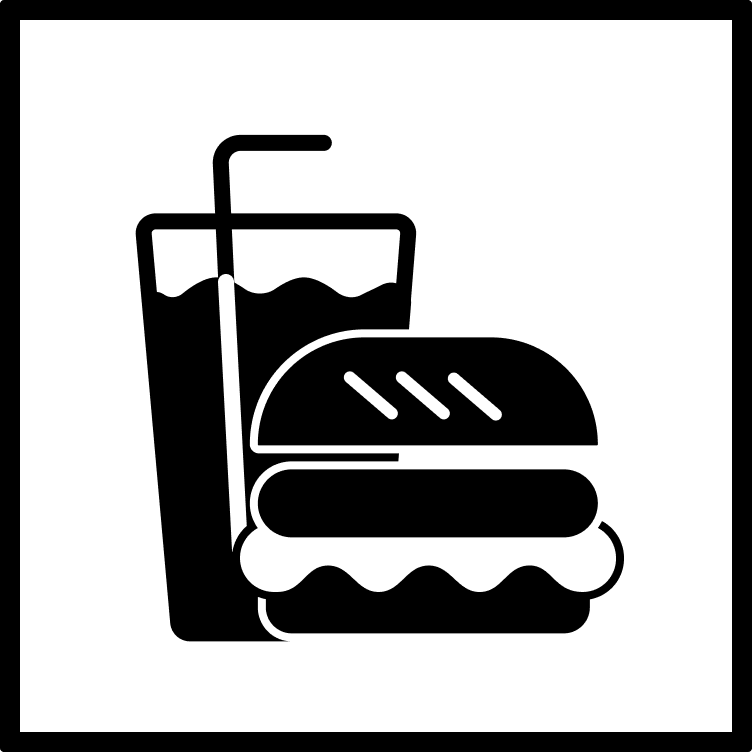
Snack Shack
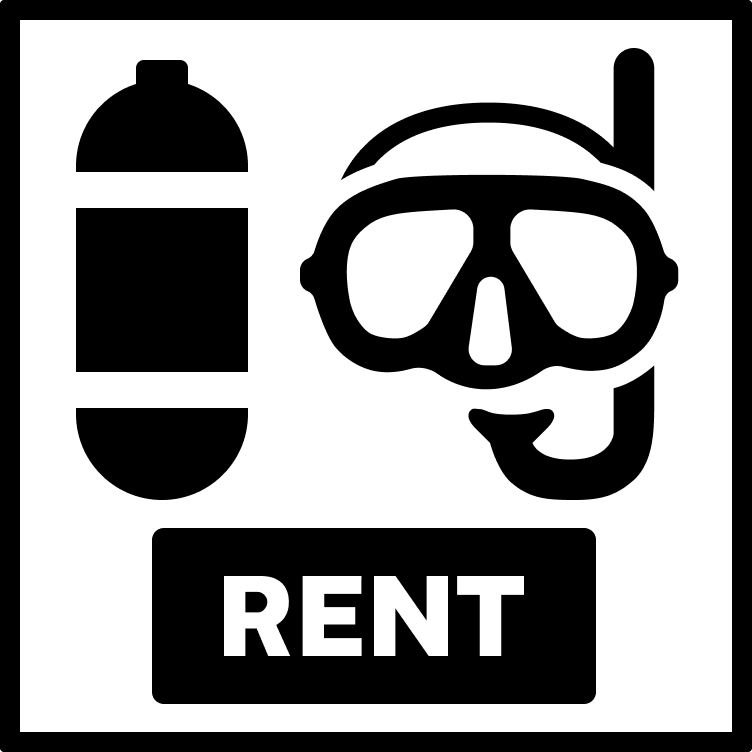
Gear Rental
activities

Fishing
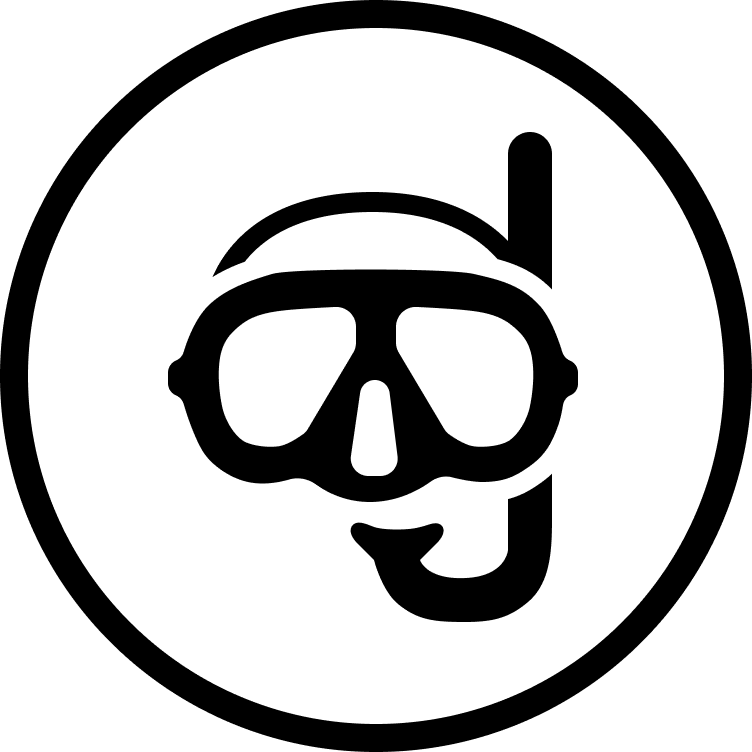
Snorkeling
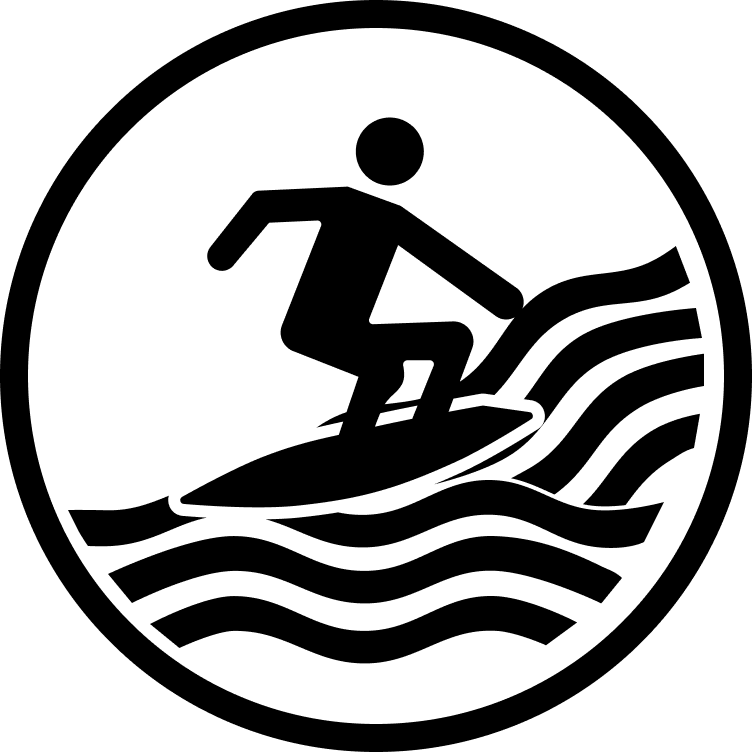
Surfing

Swimming
prohibitions
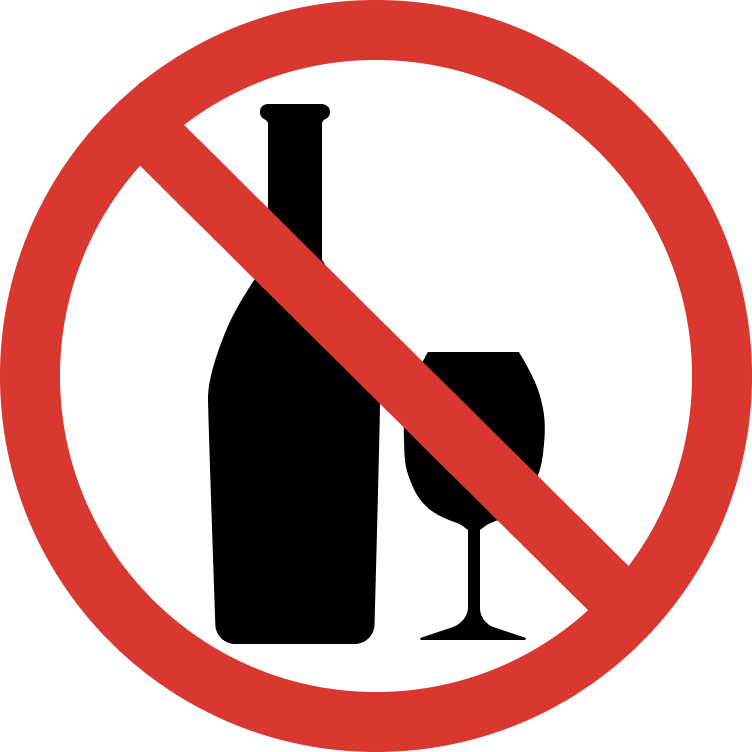
No Alcohol

No Amplified Music
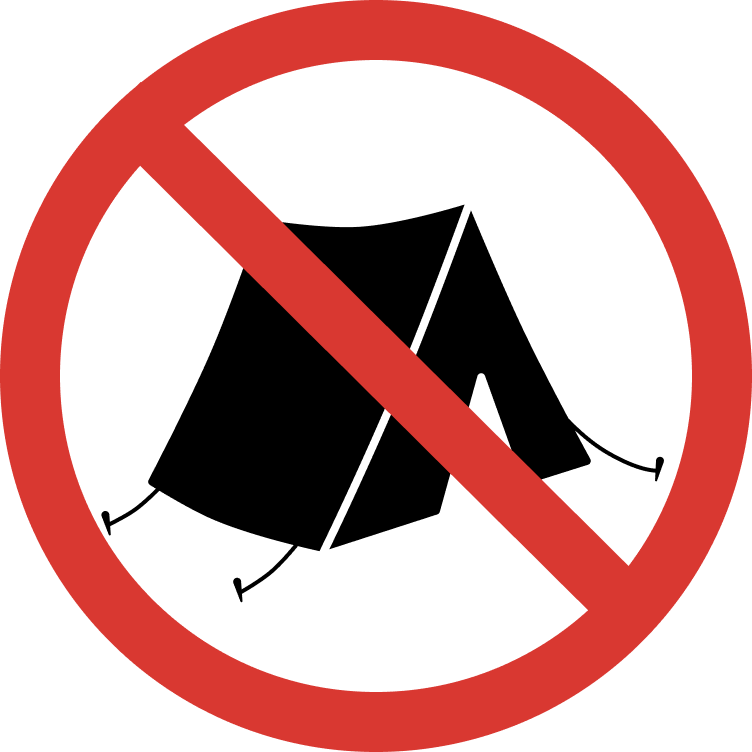
No Camping
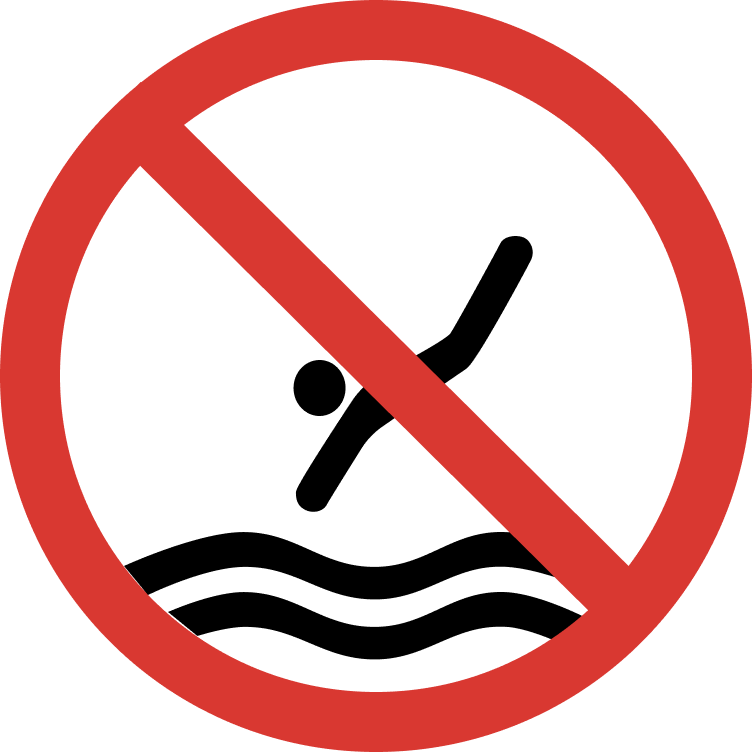
No Diving
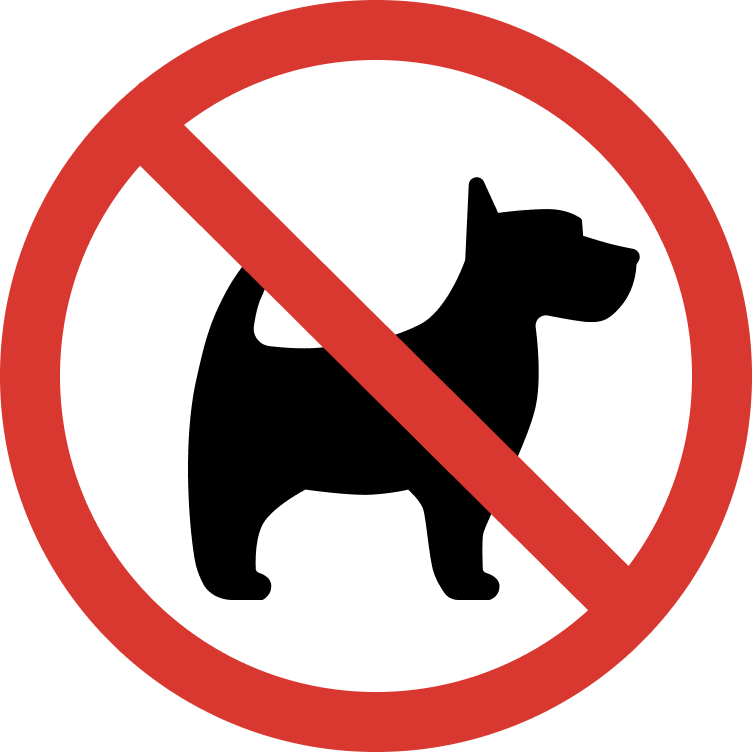
No Dogs
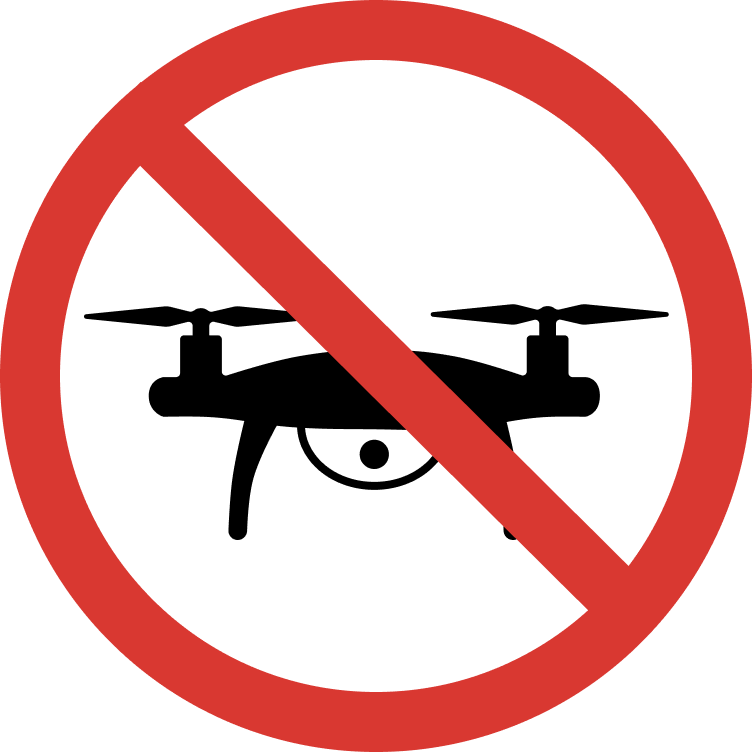
No Drones

No Fire Pits
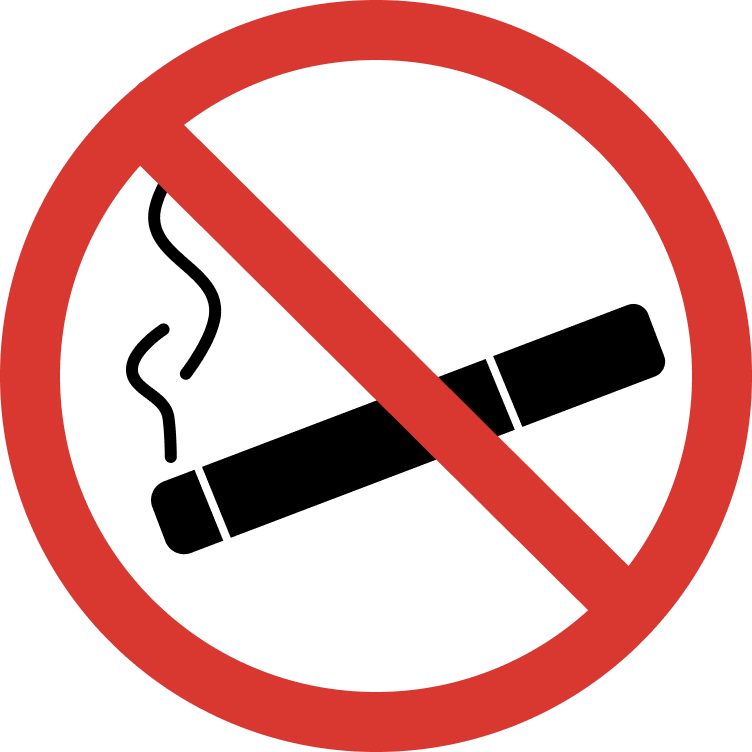
No Smoking
hazards
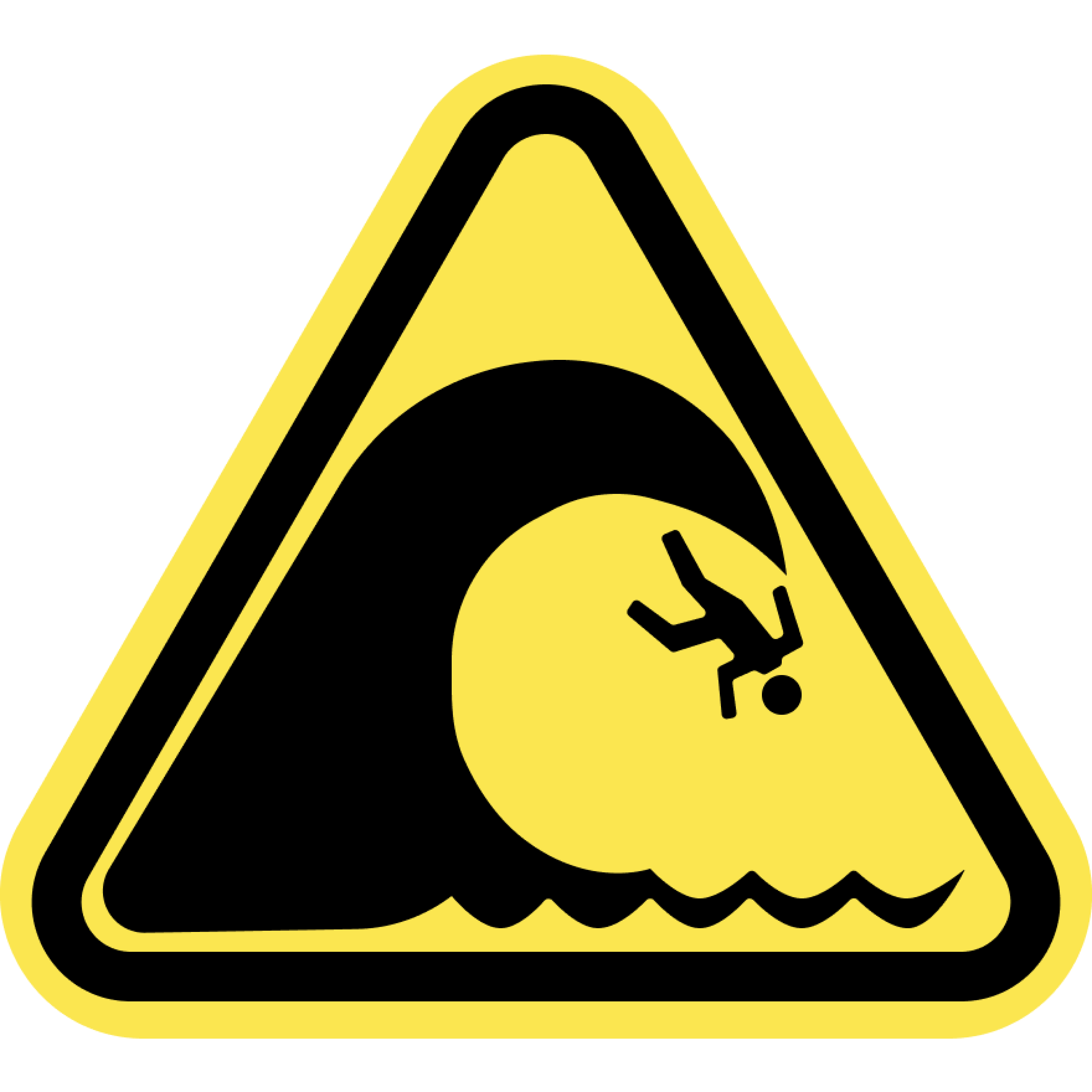
High Surf
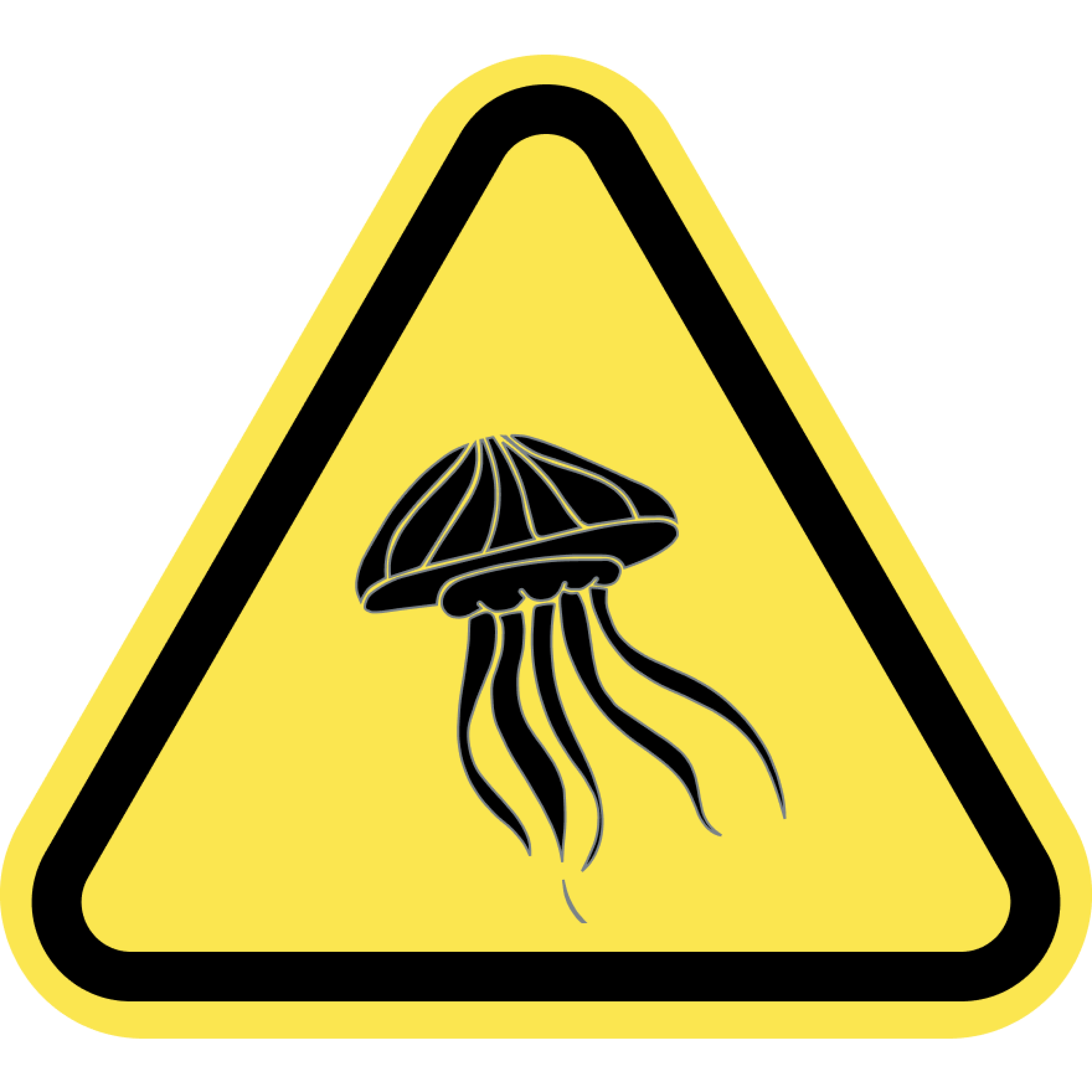
Jellyfish
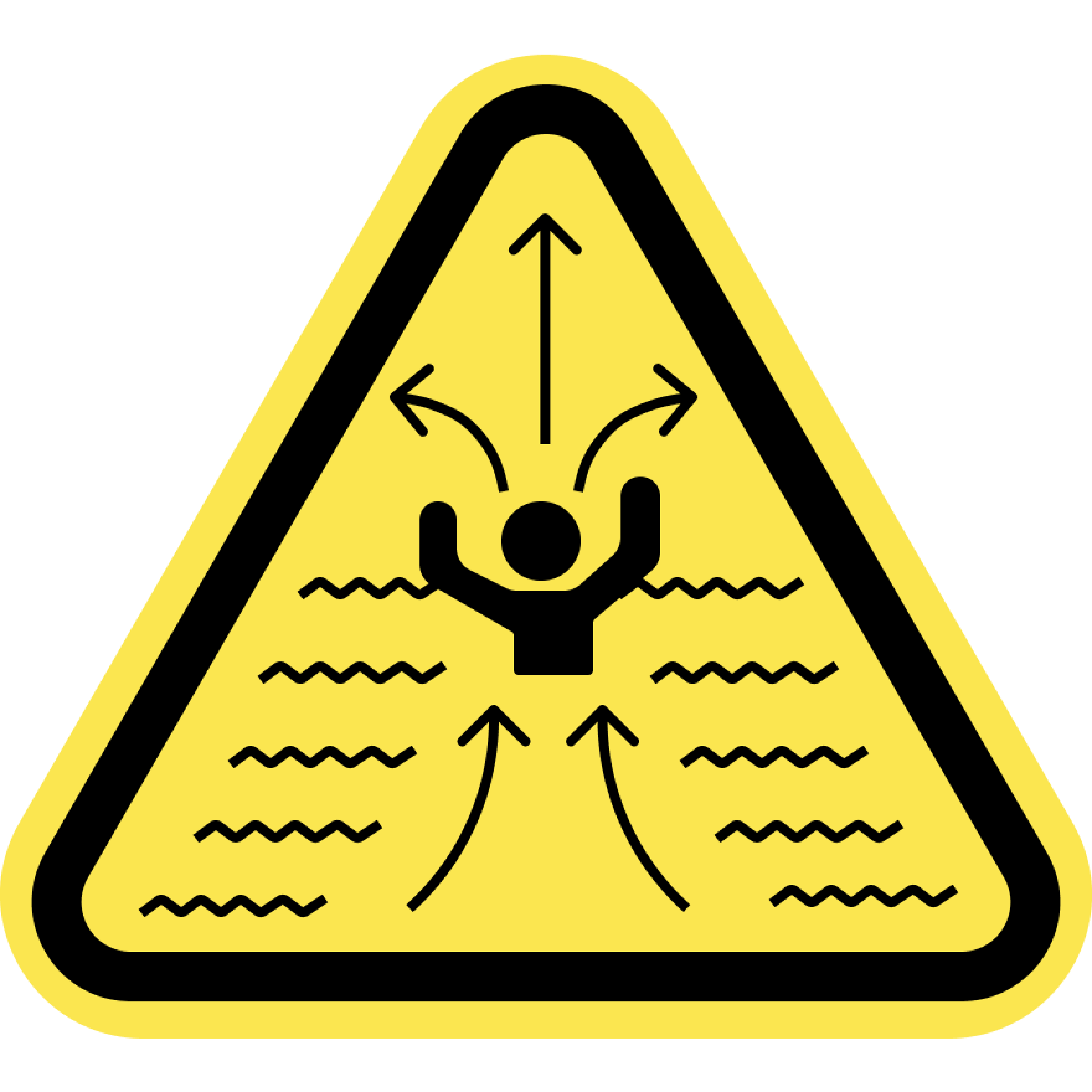
Rip Currents
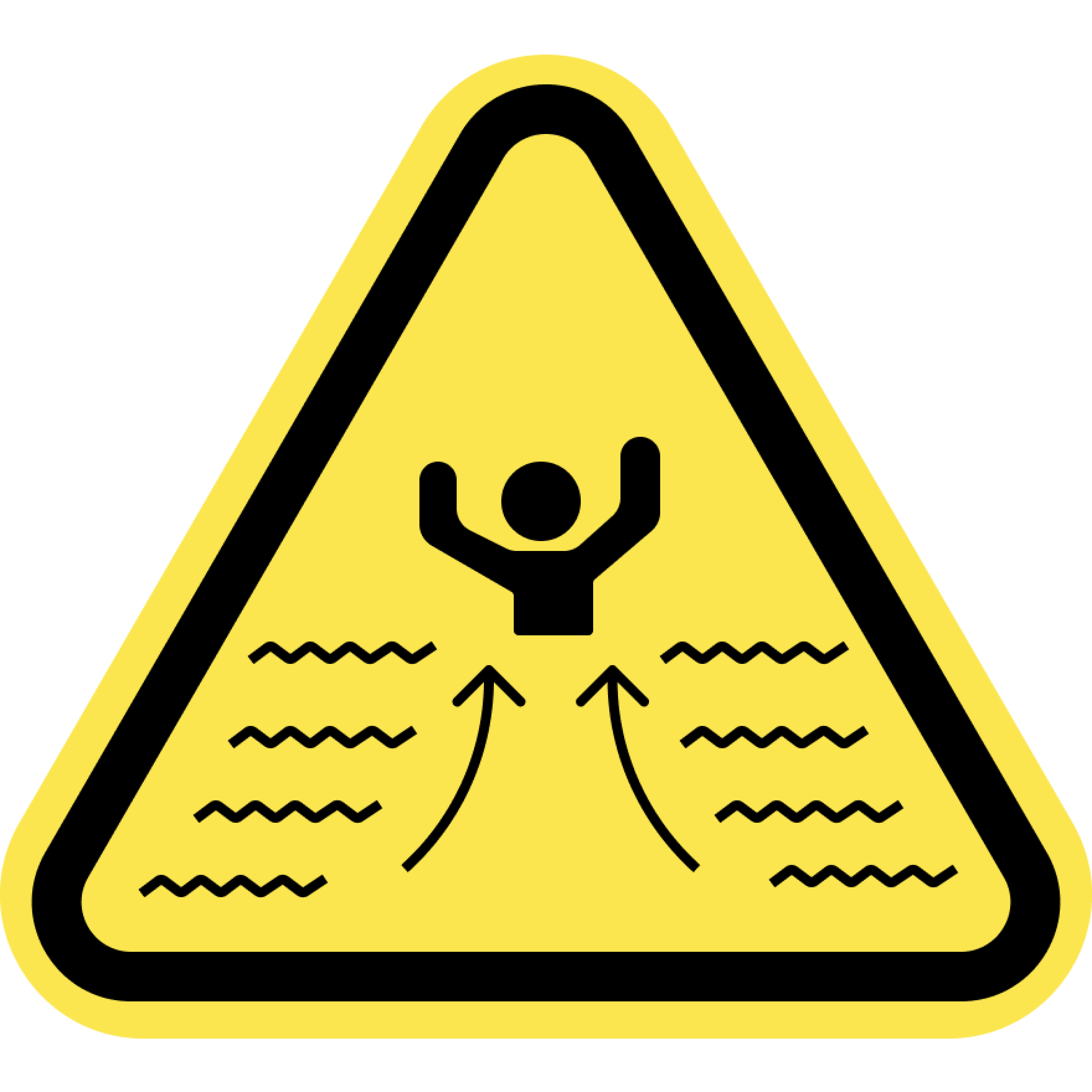
Strong Currents
Swim at your Own Risk
Beaches and oceans are dynamic natural environments. Crowd conditions, currents, waves, wild animals, and other water and beach conditions can rapidly change. The risks and conditions shown on this site are informational only and not always real-time. Actual conditions may differ. Lifeguards are not always on duty or available. Always remain aware of your surroundings and exercise due care for your own safety and the safety of others around you.
Always check for water warnings or check with a lifeguard before you swim.



